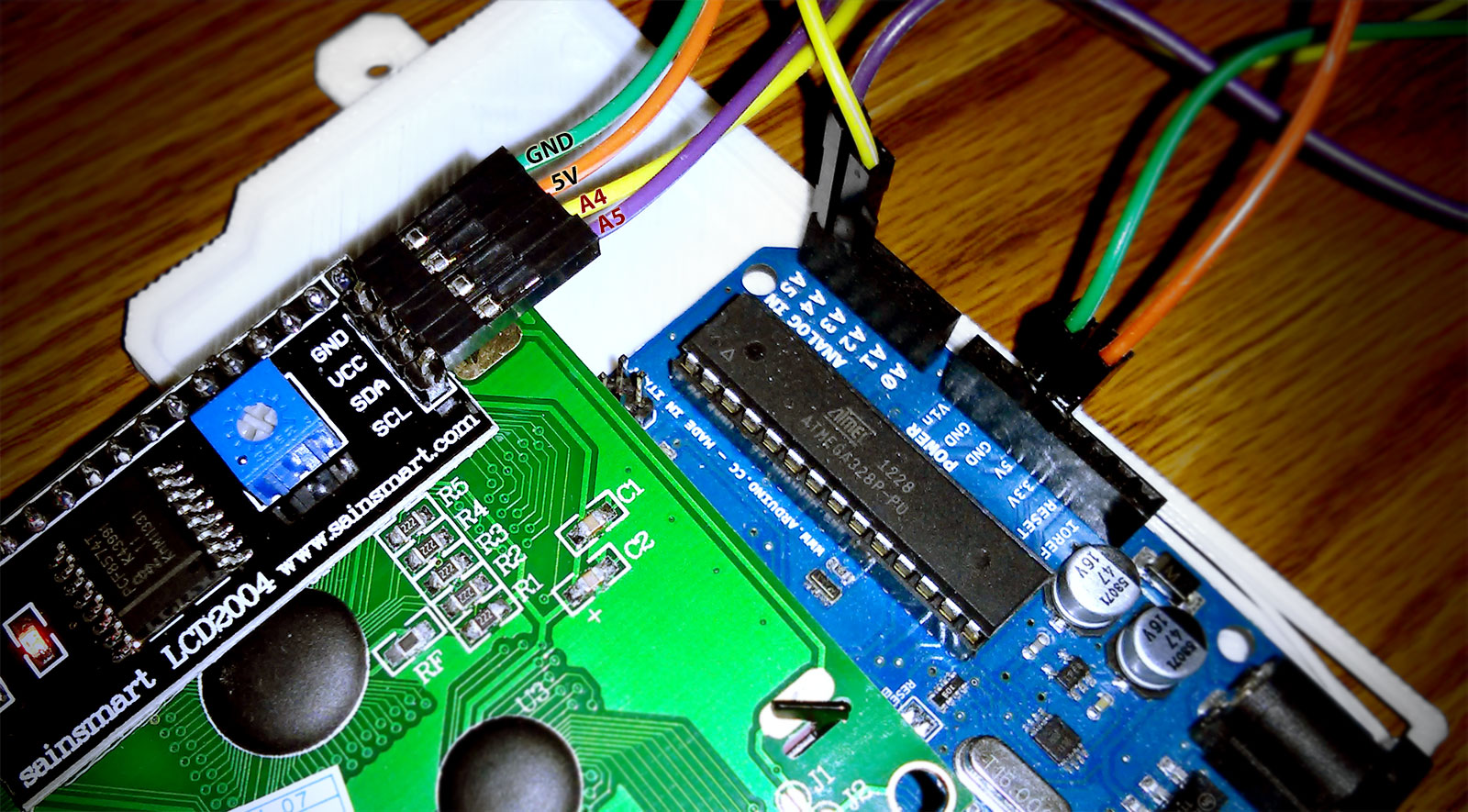IntroductionThe has been developed based on, using the naming conventions and overall functionality philosophy of the. Over time, the wealth of Wi-Fi features ported from ESP9266 SDK to outgrew and it became apparent that we would need to provide separate documentation on what is new and extra.This documentation will walk you through several classes, methods and properties of the library. If you are new to C and Arduino, don’t worry. We will start from general concepts and then move to detailed description of members of each particular class including usage examples.The scope of functionality offered by the library is quite extensive and therefore this description has been broken up into separate documents marked with:arrowright.
Println ( WiFi. LocalIP );If you don’t see the last line but just more and more dots., then likely name or password to the Wi-Fi network is entered incorrectl in the sketchy. Verify the name and password by connecting from scratch to this Wi-Fi network with a PC or a mobile phone.Note: if connection is established, and then lost for some reason, ESP will automatically reconnect to the last used access point once it is again back on-line. This will be done automatically by Wi-Fi library, without any user intervention.That’s all you need to connect ESP8266 to Wi-Fi. In the following chapters we will explain what cool things can be done by the ESP once it’s connected. Who is WhoDevices that connect to Wi-Fi networks are called stations (STA).
Connection to Wi-Fi is provided by an access point (AP), that acts as a hub for one or more stations. The access point on the other end is connected to a wired network. An access point is usually integrated with a router to provide access from a Wi-Fi network to the internet. Each access point is recognized by a SSID ( Service Set IDentifier), that essentially is the name of network you select when connecting a device (station) to the Wi-Fi.ESP8266 modules can operate as a station, so we can connect it to the Wi-Fi network.
It can also operate as a soft access point (soft-AP), to establish its own Wi-Fi network. When the ESP8266 module is operating as a soft access point, we can connect other stations to the ESP module. ESP8266 is also able to operate as both a station and a soft access point mode. This provides the possibility of building e.g. Station class has several features to facilitate the management of a Wi-Fi connection. In case the connection is lost, the ESP8266 will automatically reconnect to the last used access point, once it is available again.
The same happens on module reboot. This is possible since ESP saves the credentials to the last used access point in flash (non-volatile) memory. Using the saved data ESP will also reconnect if sketch has been changed but code does not alter the Wi-Fi mode or credentials.Check out separate section with. The soft-AP mode is often used and an intermediate step before connecting ESP to a Wi-Fi in a station mode. This is when SSID and password to such network is not known upfront. ESP first boots in soft-AP mode, so we can connect to it using a laptop or a mobile phone.

Then we are able to provide credentials to the target network. Then, the ESP is switched to the station mode and can connect to the target Wi-Fi.Another handy application of soft-AP mode is to set up. The ESP can operate in both soft-AP and Station mode so it can act as a node of a mesh network.Check out the separate section with. AxTLS Client Secure - DEPRECATEDThe following section details axTLS, the older TLS library used by the project. It is still supported, but additional fixes and documentation will generally not be undertaken.
See the following section for the updated TLS client object.The axTLS Client Secure is an extension of where connection and data exchange with servers is done using a. The is not supported.Secure applications have additional memory (and processing) overhead due to the need to run cryptography algorithms. The stronger the certificate’s key, the more overhead is needed. In practice it is not possible to run more than a single secure client at a time. The problem concerns RAM memory we can not add; the flash memory size is usually not the issue. If you would like to learn how has been developed, what server access has been tested, and how memory limitations have been overcome, read this fascinating issue report.Check out the separate section with /.
Arduino 1 Wire Library
Secure clients and servers require siginificant amounts of additional memory and processing to enable their cryptographic algorithms. In general, only a single secure client or server connection at a time can be processed given the little RAM present on the ESP8266, but there are methods of reducing this RAM requirement detailed in the relevant sections.contains more information on using and configuring TLS connections.discusses the TLS server mode available.
Proteus Arduino Library
Please read and understand the first as the server uses most of the same concepts. Printf ( 'Connection status:%d n ', WiFi. Status );This function returns following codes to describe what is going on with Wi-Fi connection:. 0: WLIDLESTATUS when Wi-Fi is in process of changing between statuses. 1: WLNOSSIDAVAILin case configured SSID cannot be reached. 3: WLCONNECTED after successful connection is established.
4: WLCONNECTFAILED if password is incorrect. 6: WLDISCONNECTED if module is not configured in station modeIt is a good practice to display and check information returned by functions.
Application development and troubleshooting will be easier with that.